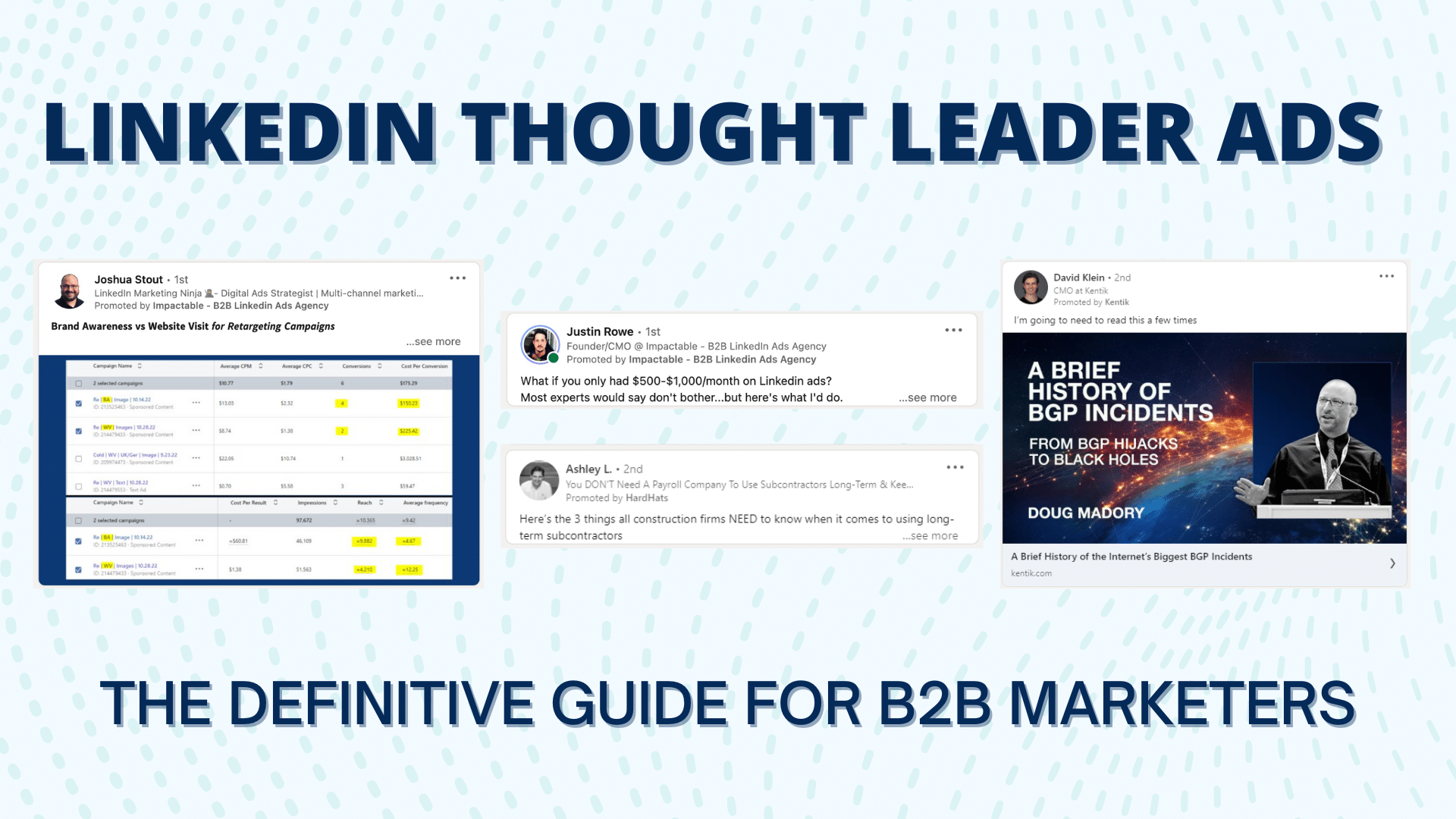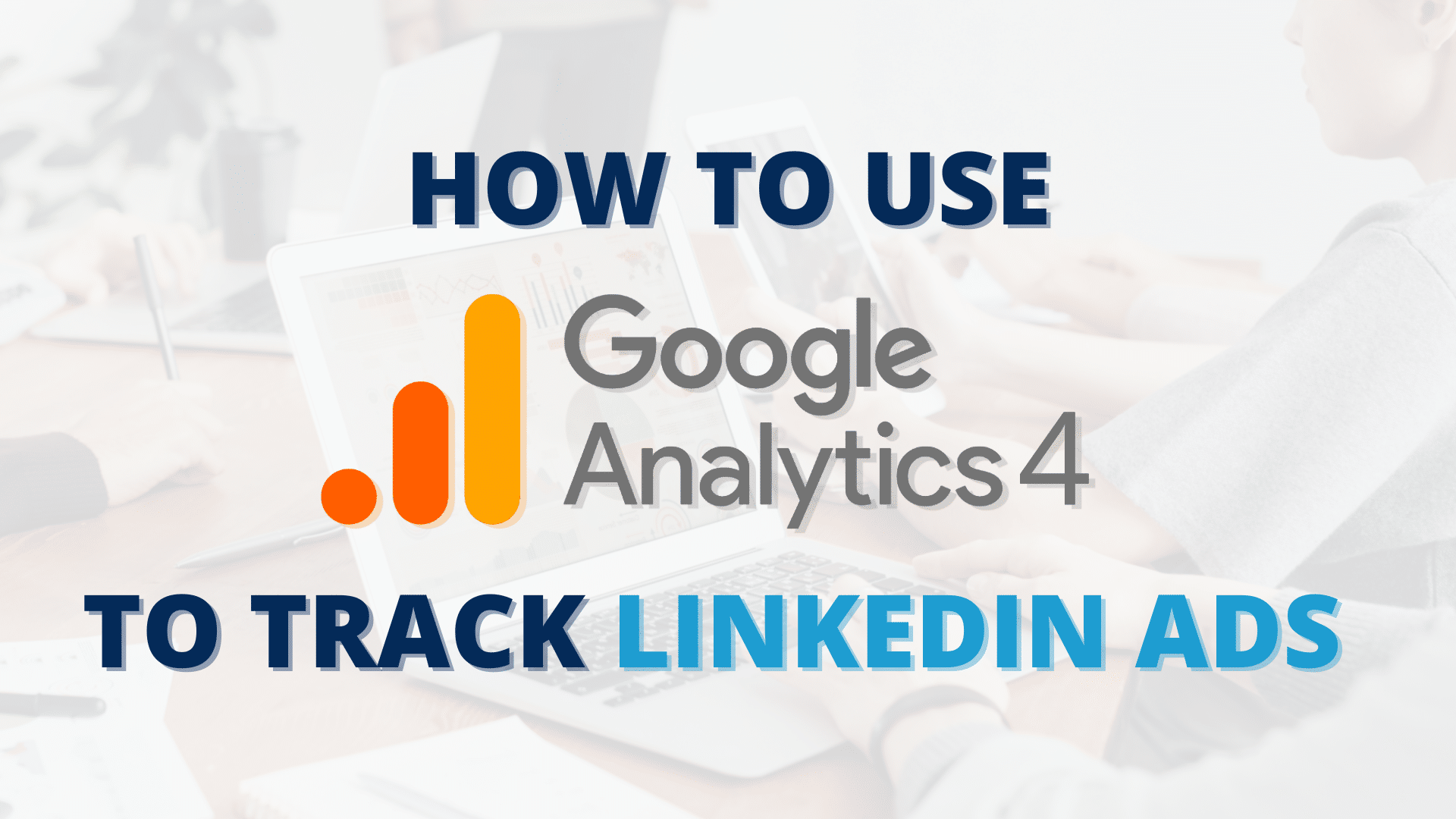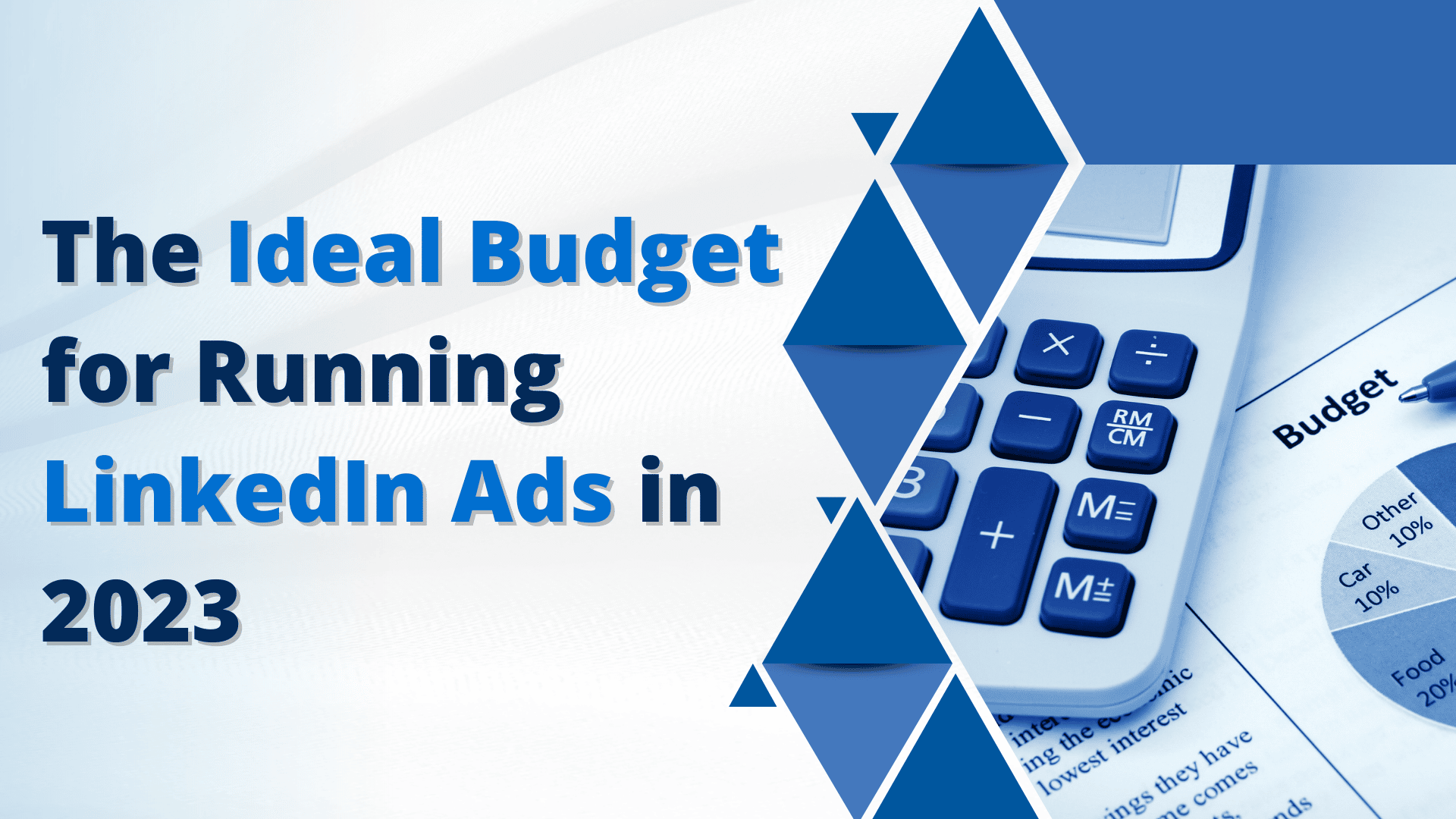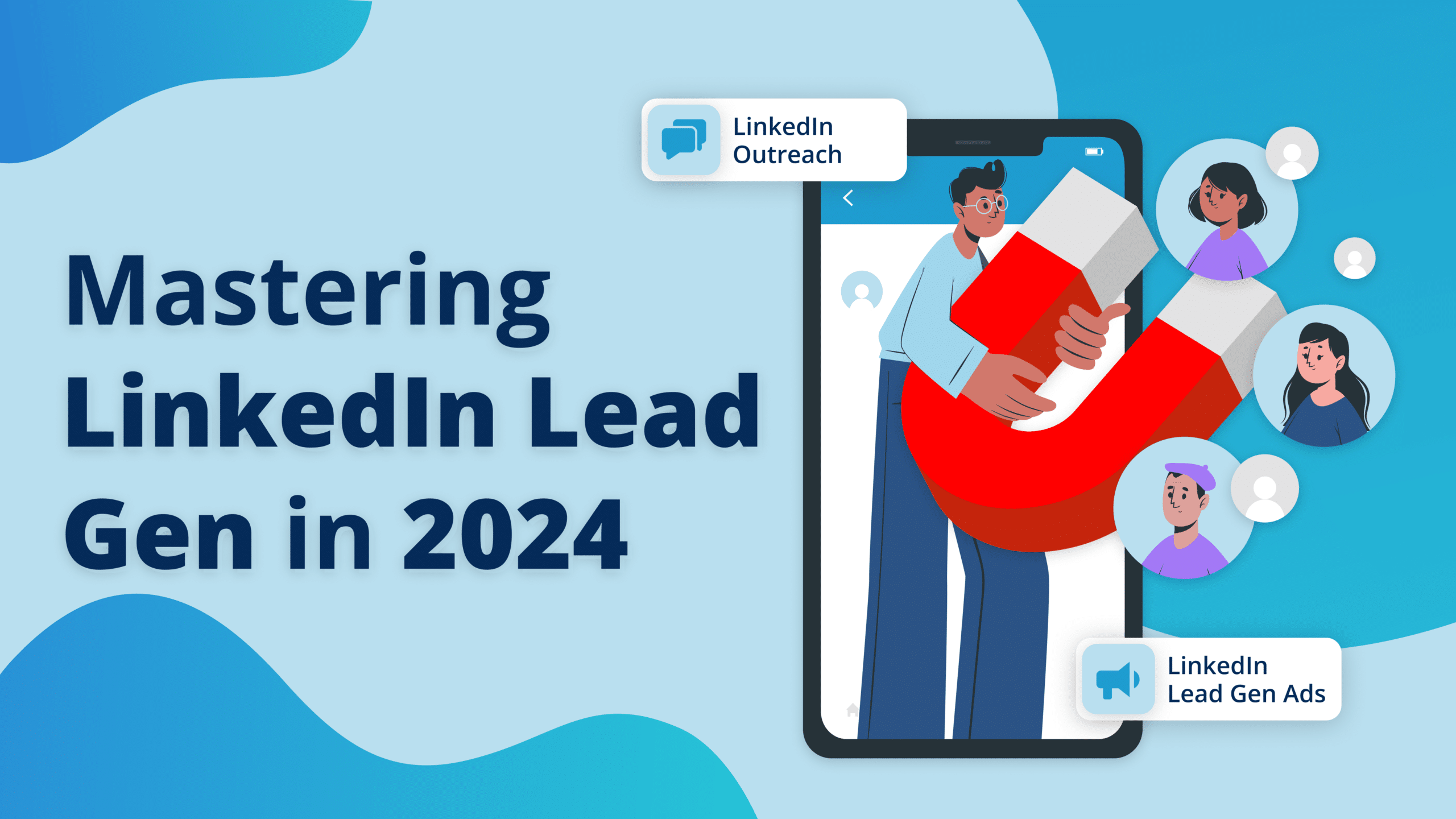Traditionally, marketers have relied on lead generation tactics such as cold calling, email blasts, and contact forms to attract prospects and convert them into valuable customers. However, with continued advancements in the digital landscape, a more holistic approach rooted in demand generation principles has emerged. Both strategies have their merits and are employed by businesses of all sizes and industries to fuel their marketing efforts.
In this article, we will examine each approach’s unique characteristics, benefits, and challenges. I will also discuss key considerations for businesses looking to make informed, evidence-based decisions about LinkedIn ads. Let’s get started!
Lead Generation for LinkedIn Ads: The Good, Bad, and Ugly
Many forward-thinking companies deploy LinkedIn ads with a primary focus on lead generation—their approach involves strategically offering valuable (or, in many cases…not so valuable) resources like ebooks, whitepapers, PDF reports, or checklists to cold audiences in exchange for contact details (typically, an email address).
LinkedIn lead generation forms play a pivotal role in this process by efficiently collecting prospects’ information, which is then promptly passed on to the sales team for immediate follow-up or nurtured through a carefully designed, long-term email sequence. In addition, retargeting tactics are employed to (re)engage website visitors who demonstrated initial interest but did not convert through the lead gen form.
To ensure optimal campaign performance, marketers allocate substantial monthly budgets, ranging from $5,000 to $20,000, to conduct comprehensive testing of different offers, creatives, angles, and assets. This helps tailor the ads for specific industries (such as marketing agencies or financial services) or audiences (such as C-suite executives or mid-level managers).
Pros of lead gen approach:
- Establish a sustainable and consistent flow of potential leads into your sales pipeline. More importantly, the leads generated have shown some level of interest in an asset produced by your company.
- Activate prospects without delay by swiftly capturing contact details through Linkedin lead gen forms. Whether through targeted email drip campaigns or proactive on-call engagement from your sales team, you can initiate meaningful interactions right away and seize business opportunities that align with your long-term objectives.
- The lead generation model boosts overall sales performance for organizations with a strong outbound focus. Armed with a steady stream of qualified leads and valuable insights, your Sales Development Representatives (SDRs) and Business Development Representatives (BDRs) are empowered to drive conversions with precision and efficiency.
Cons of lead gen approach:
- The downside of having your cup overflowing with leads is that some leads may exhibit weak buying intent regardless of your dedicated efforts. Often, people submit their information to access free resources, even though they do not intend to make a purchase. This can lead to lower conversion rates, as fewer leads actually book demos with sales representatives or respond to emails. Ultimately, your bottom line suffers.
- Assets used in Linkedin lead generation ads may not effectively build trust and credibility. Surface-level materials that lack deep thought leadership or niche expertise, made by some (possibly unpaid!) intern in the marketing department, are likely not to inspire confidence in potential buyers. It is important to acknowledge that many downloads do not necessarily indicate readiness to purchase high-value products or services.
- Managing and qualifying the large volume of leads generated requires significant infrastructure and resources. Thoroughly sifting through the leads and identifying the most promising prospects demands a significant investment of time and effort from your team.
With lead generation, you can leverage the power of targeted LinkedIn ads to attract more than a handful of leads consistently. The ability to promptly engage with them through personalized email drips and nurture sequences provides a competitive edge in converting them into loyal customers. However, the trust and credibility challenges coupled with the demands on infrastructure and qualification can be a turn-off even for organizations with a strong outbound sales strategy and a well-structured SDR and BDR system.
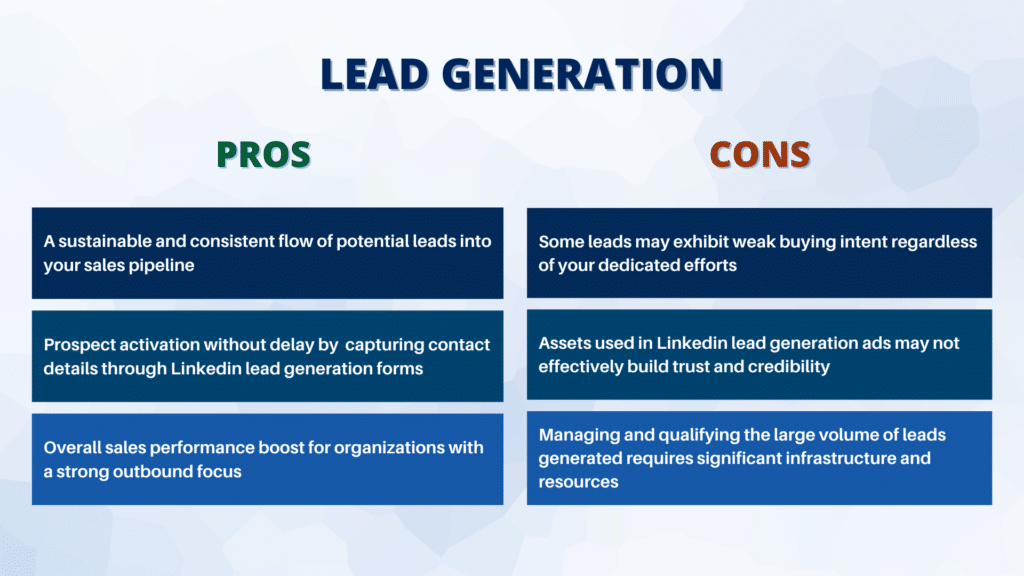
How is Demand Generation Implemented for LinkedIn Ads?
The demand generation approach diverges significantly from traditional methods, especially in its treatment of the initial cold layer. Here, your intent is not solely to collect prospect contact information but rather to—(a) educate and enlighten prospects about the prevailing challenges within their market and (b) position your products/services as the trusted source of expertise, uniquely equipped to address their problems effectively. The goal is to attract inbound interest, where prospects actively seek us out instead of relying on persistent emails and sales team efforts.
In contrast to the traditional lead generation approach, demand generation doesn’t direct prospects to gated assets or lead generation forms. Instead, the focus is on making a favorable first impression and reinforcing your expertise. This is achieved by creating and distributing assets that go beyond conventional advertisements. I am talking expert interviews, industry-specific success stories, and how-to guides for common pain points to help create an inbound momentum where prospects are motivated to take action, fill out forms, or book calls.
Demand generation prioritizes generating leads of higher quality rather than quantity. The customer-centric and pull-oriented strategy results in more qualified and engaged leads, ultimately increasing the likelihood of conversion and driving business growth. Furthermore, to maximize the effectiveness of your marketing efforts, you can deploy retargeting to ensure that prospects with demonstrated buying intent receive the necessary support throughout their decision-making journey.
Pros of demand gen approach:
- Cultivate a significantly higher level of trust with your prospects.
This educational and informative approach helps build credibility and stronger customer-brand relationships. - Achieve higher lead-to-meeting and meeting-to-purchase ratios.
Demand generation’s emphasis on fostering trust, delivering targeted messaging, and optimizing lead nurturing effectively guides prospects toward conversion. - Harness the power of evergreen content to ensure a lasting impact.
The resources and insights you provide are designed to withstand the test of time, as their relevance and value don’t decline over an extended period. Your audience will continue to engage with and resonate with them, contributing to ongoing brand trust and credibility. - Reduce reliance primarily on outbound efforts, such as SDRs, BDRs, drip campaigns, or follow-up sequences, for brand visibility. Take a leaf from Impactable’s book—we currently have no SDRs or BDRs. We also avoid email nurturing to cold audiences or using LinkedIn lead generation forms. Since establishing a robust demand generation ecosystem (which pretty much works on auto-pilot now!), we consistently book around 150 new meetings per month without the need for extensive outbound tactics.
Cons of demand gen approach:
- Implementing an effective demand generation strategy often requires a substantial financial commitment. If paid advertising channels are the backbone of your marketing efforts, allocating a sufficient budget to ensure optimal reach and engagement is crucial.
- Building credibility and nurturing relationships takes time. Demand generation encourages a patient and relationship-focused approach where you “court” the customer before asking for their contact information. However, it’s important to note that tangible outcomes may take a while to materialize.
By adopting a demand generation approach, businesses can leverage trust-building, higher conversion ratios, enduring assets, and minimized outbound efforts to cultivate a loyal customer base, establish industry authority, and drive revenue growth. However, requires patience, persistence, and investment. Unlike quick-win lead generation tactics, the results may not be immediate.
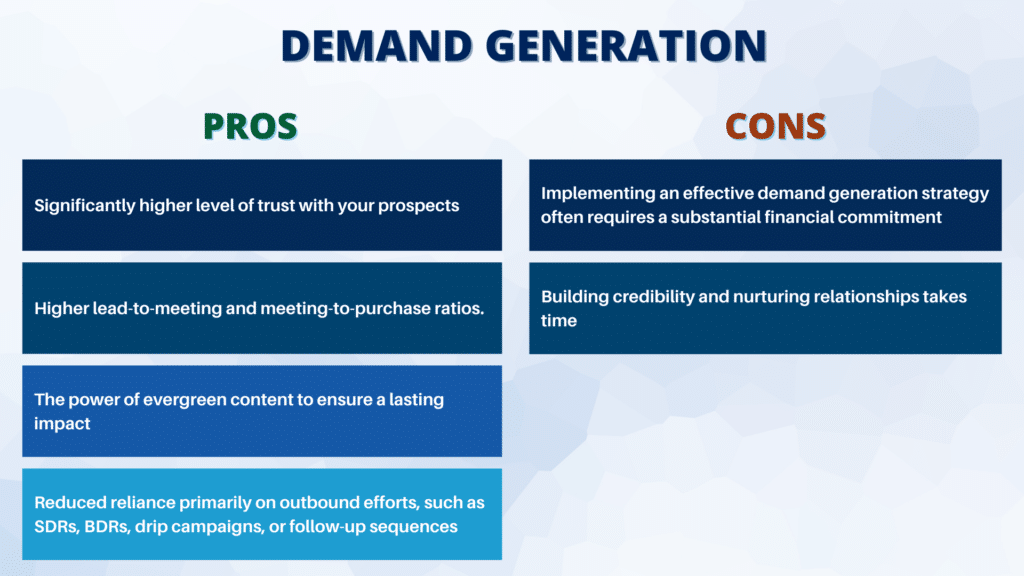
Conclusion
Small businesses with limited resources and a need for quick conversions may find traditional lead generation methods more suitable. This includes early-stage startups looking to gauge market interest, validate their business model, and drive early sales. On the other hand, established businesses, particularly in the B2B sector, with a solid existing customer base, could benefit more from a demand generation model. Here, the priority is not on immediate conversions but on long-term relationship-building with customers to drive sustainable growth.
It’s essential for businesses to understand their unique requirements, target audience, and specific goals to determine the most effective approach. That said, taking an integrated approach that combines the strengths of both strategies can also yield remarkable results. By leveraging the targeted outreach and immediate conversion focus of traditional methods alongside the customer-centric, relationship-building approach of demand generation, businesses can create a powerful marketing ecosystem.
Have more questions? Schedule a demo with an Impactable rep.

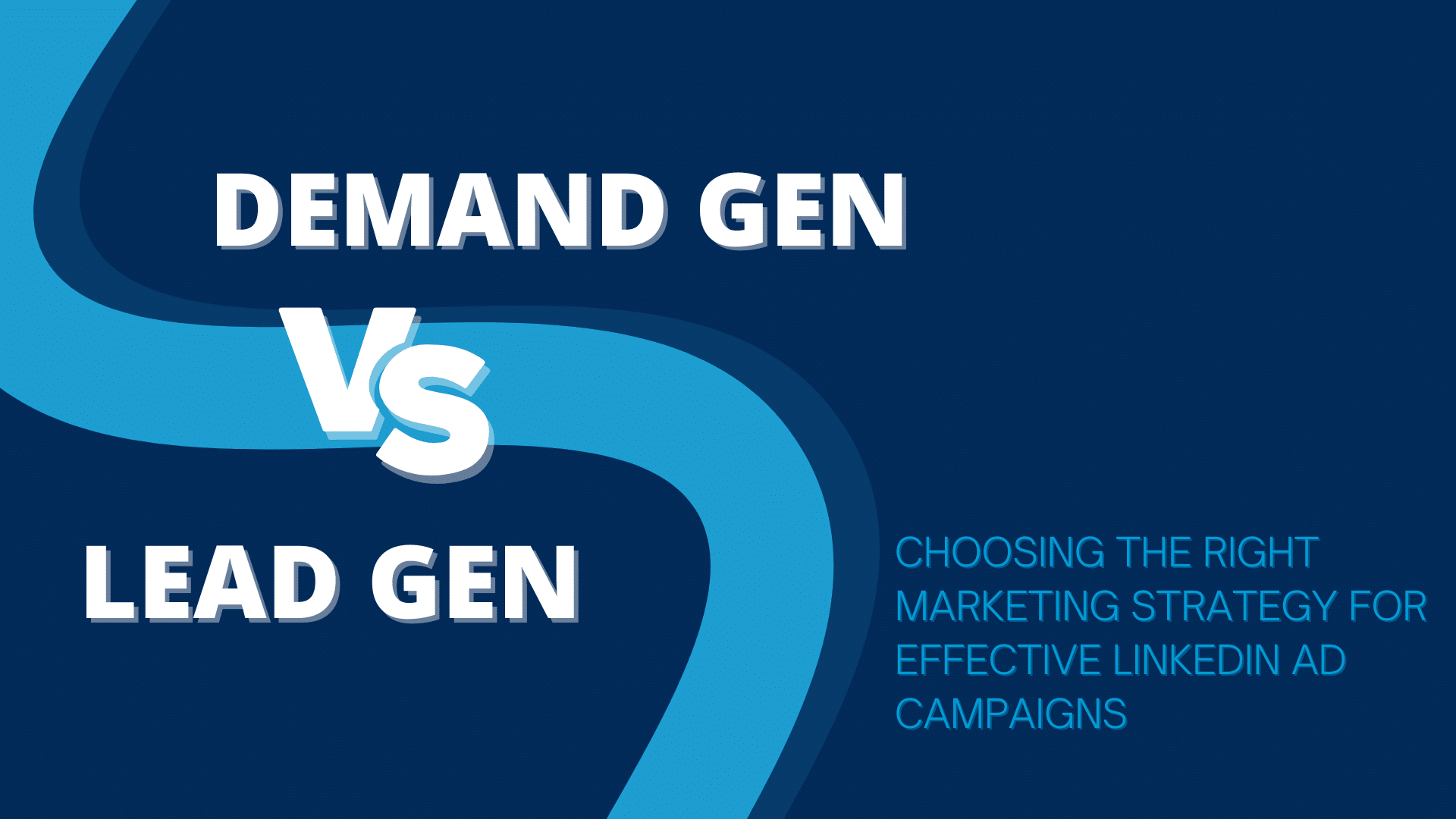



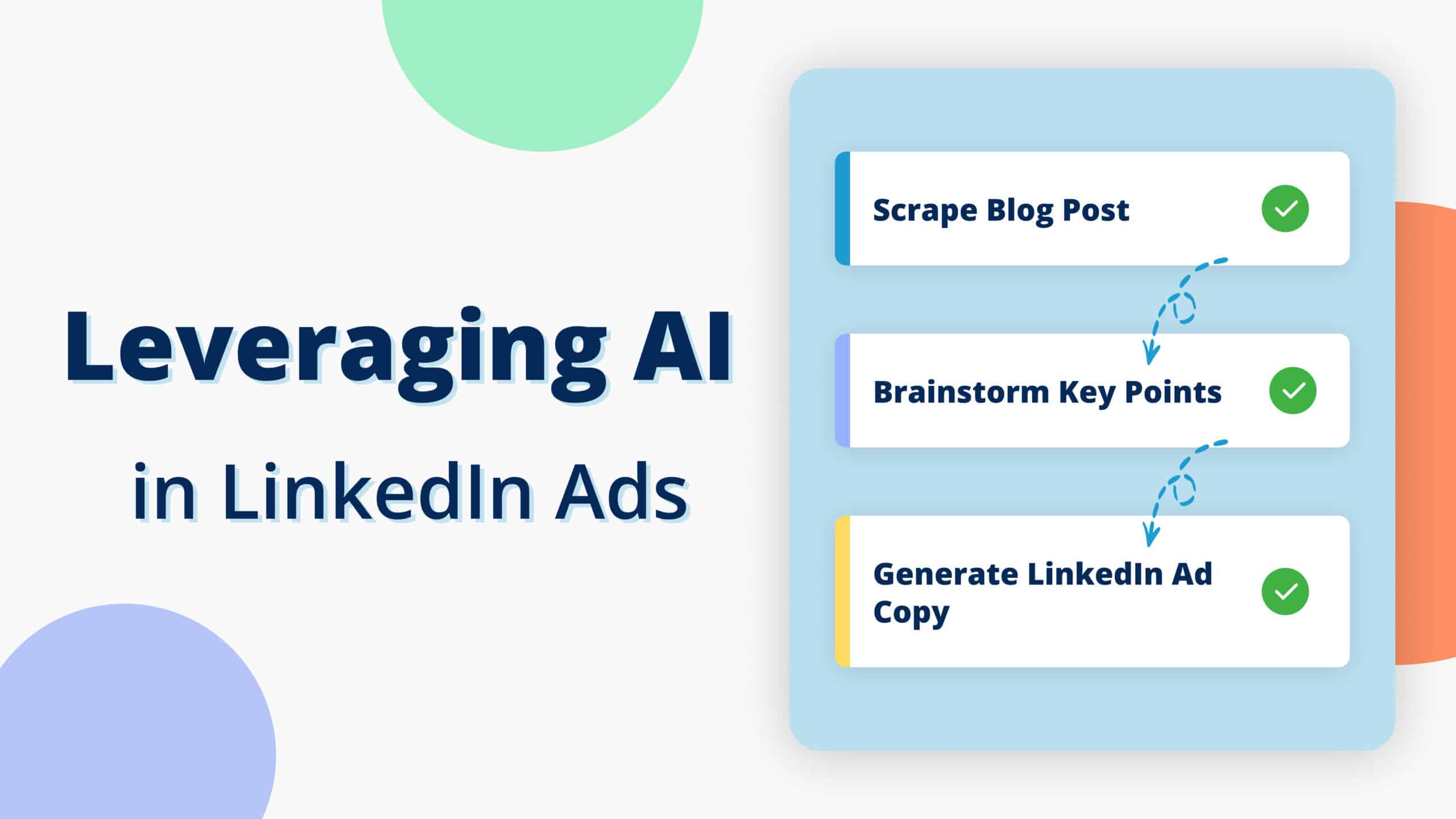
![9 Steps To Lower Your B2B Website Bounce Rate [And Improve Conversion Rates]](https://impactable.com/wp-content/uploads/2024/03/Group-12387.png)
